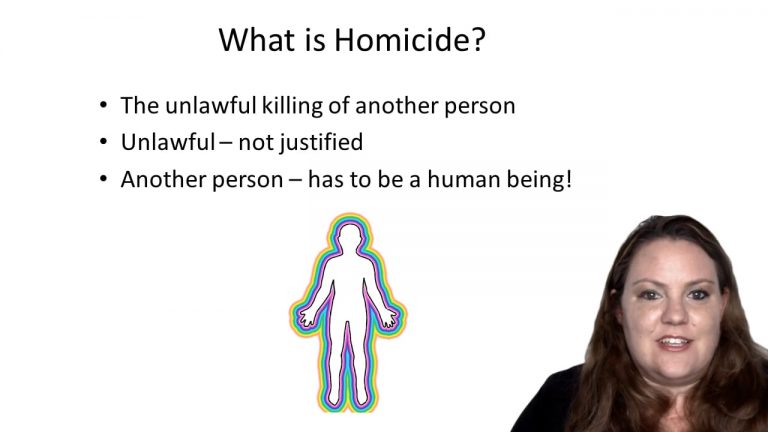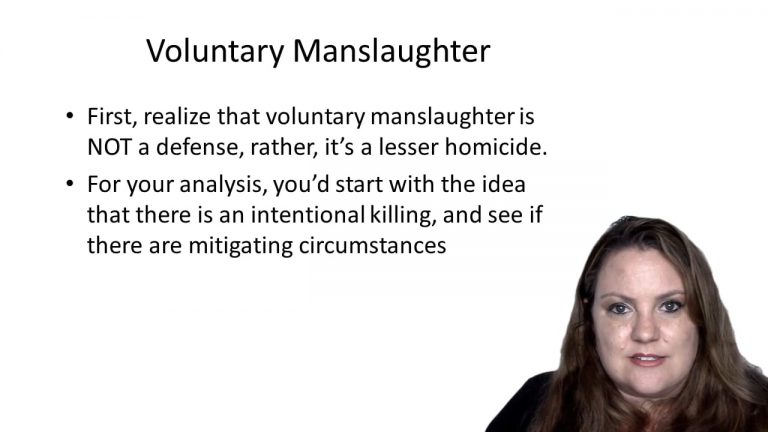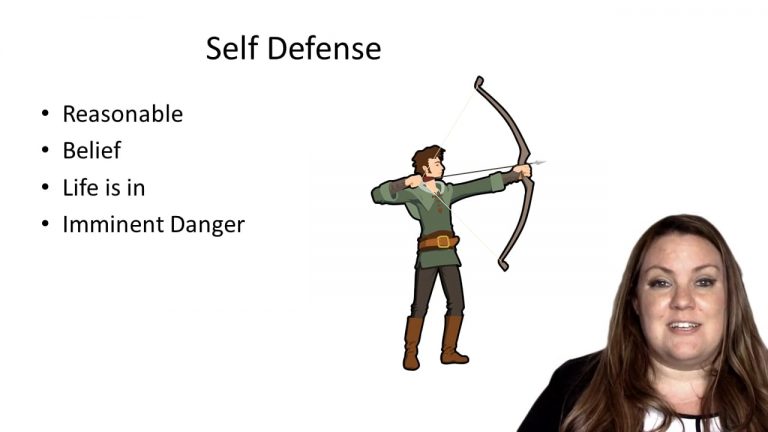SmartBrief
Confirm favorite deletion?
Criminal Law Keyed to Weaver
State v. Marr
Citation:
362 Md. 467, 765 A.2d 645 (2001).Facts
The Defendant, Nathaniel Marr, was convicted of first-degree murder of a man named Arthur Carroll among other crimes and was given substantial consecutive sentences. The killing happened when the Defendant and his friend Curtis Alston, approached the back of a taxi cab and opened fire on Carroll, who was about to enter the cab.
The shooting of Carroll stemmed from an incident that happened three days earlier, when Carroll and another man went to the Defendant’s home with the intent to rob him. The Defendant was not at home, but the men come upon the Defendant’s cousin with whom the Defendant lived. While the two men were searching for drugs and money, one and or both of the men shot the Defendant’s cousin, killing him. The Defendant later went looking for Carroll and the man, allegedly to inquire about their involvement in the killing of his cousin.
The Defendant raised an affirmative defense of self-defense. This came through statements he gave to the police upon his arrest as he did not testify. In his initial oral statement, he told the police that he believed Carroll was responsible for his cousin’s death and went to his home to talk to him about it armed with a semi-automatic machine gun pistol and that when he saw Carroll exit his home, he fired. In a later written statement, he claimed he was both enraged and terrified when he learned about his cousin’s death and went to see Carroll to see if he would confess to the murder of his cousin and that he and Arthur were armed for their protection.
Only StudyBuddy Pro offers the complete Case Brief Anatomy*
Access the most important case brief elements for optimal case understanding.
*Case Brief Anatomy includes: Brief Prologue, Complete Case Brief, Brief Epilogue
- The Brief Prologue provides necessary case brief introductory information and includes:
Topic:
Identifies the topic of law and where this case fits within your course outline.Parties:
Identifies the cast of characters involved in the case.Procedural Posture & History:
Shares the case history with how lower courts have ruled on the matter.Case Key Terms, Acts, Doctrines, etc.:
A case specific Legal Term Dictionary.Case Doctrines, Acts, Statutes, Amendments and Treatises:
Identifies and Defines Legal Authority used in this case.
- The Case Brief is the complete case summarized and authored in the traditional Law School I.R.A.C. format. The Pro case brief includes:
Brief Facts:
A Synopsis of the Facts of the case.Rule of Law:
Identifies the Legal Principle the Court used in deciding the case.Facts:
What are the factual circumstances that gave rise to the civil or criminal case? What is the relationship of the Parties that are involved in the case.Issue(s):
Lists the Questions of Law that are raised by the Facts of the case.Holding:
Shares the Court's answer to the legal questions raised in the issue.Concurring / Dissenting Opinions:
Includes valuable concurring or dissenting opinions and their key points.Reasoning and Analysis:
Identifies the chain of argument(s) which led the judges to rule as they did.
- The Brief Prologue closes the case brief with important forward-looking discussion and includes:
Policy:
Identifies the Policy if any that has been established by the case.Court Direction:
Shares where the Court went from here for this case.
Topic Resources
Topic Videos
 9m 36s
9m 36s 6m 45s
6m 45s 13m 8s
13m 8s 9m 57s
9m 57sTopic Refresher Courses
Topic Charts & Notes

